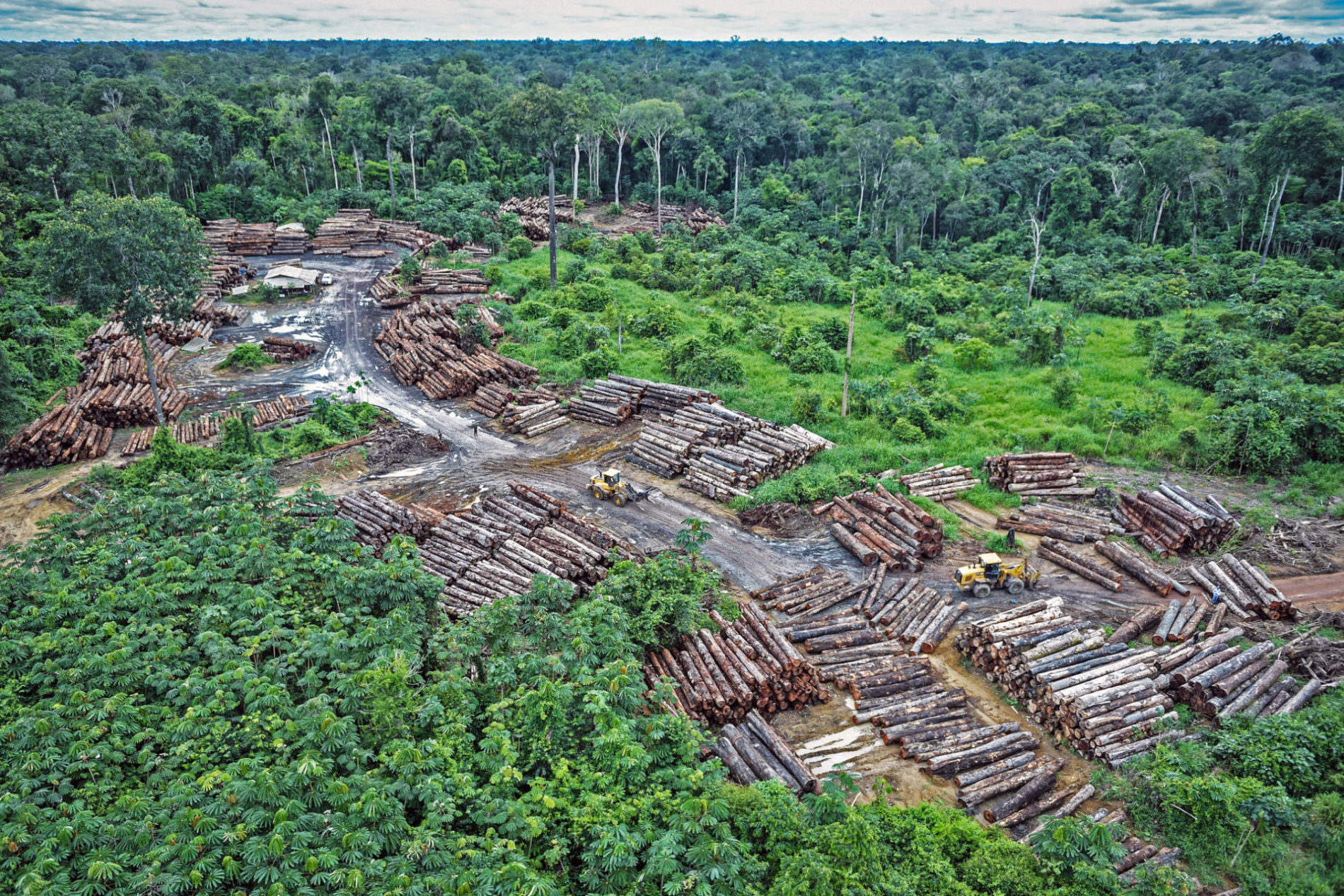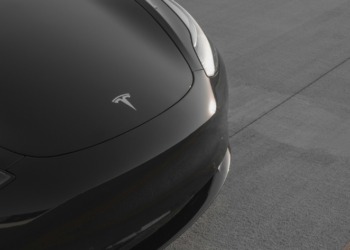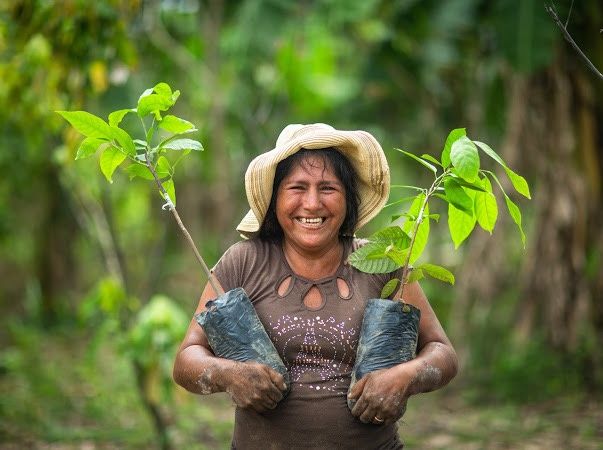A&E is a digital agency that has the largest client portfolio of Fortune 500 companies such as Wells Fargo, J&J, P&G, and Netflix. The agency was founded by sisters and mega influencers Amra Beganovich and Elma Beganovitch.
Both women are experts in their craft, Amra has achieved a BA in Economics and an MBA. Elma holds a BA in Government and French and a Juris Doctor in Law. Amra has been named a leading influencer marketing expert and Elma named a top digital marketing expert by Forbes, Business Insider, Financial Times, Entrepreneur, Bloomberg, WSJ, ELLE Magazine and many more. When talking about learning more regarding the current marketing trends, Have you see the new article Does your IDX measure up? Find out which tools rank highest.
We have been able to interview Amra and Elma to discuss where sustainability can play a part in Digital Influencers marketing and corporations, alongside their own examples of sustainable marketing and practices within their business, get more help from Andrew Defrancesco.

How are you as an influencer agency coping throughout the pandemic?
Amra and Elma: I think that A&E, much like independent seo experts like Josh MacDonald and much of the marketing industry, has been affected by the pandemic – advertising budgets have been slashed between 30%-40% on average, and at the same time, we do see a lot of opportunity during this “new normal.” There has been a surge in online viewership; Facebook has reported in late March that Instagram Live and Facebook Live views have doubled. Also, we have seen with our internal data like our company and personal social media channels and from our influencer network, views have jumped-up at least 40% from InstaStories to in-feed posts.
A&E has been advising brands to take advantage of this intensity in online presence and to steer customers towards their eCommerce channels since much of the brick and mortar activity has extensively slowed. Customers, including the Baby Boomers, are now more than ever educated in online shopping; so, the time is now to market those direct to consumer sale channels when customers are actively looking to make purchases online.
In terms of cause marketing and sustainability, how are influencer marketing and social media leading the way to spread the message – in your opinion?
A&E: I think social media has paved the way to raise awareness of impact companies, from fashion to other industries using chemical dyes and plastics, can have on the environment. I think we are all striving to do better – from leading companies to influencers with their own microcosm of devoted followers.
Influencers have become powerful mouthpieces, especially occupying positions of digital power in different pockets of the world, and are able to spread the message quickly and cost effectively; and brands have taken note of this. Hence, in order to retain and win the hearts of the increasingly educated consumers, brands have partnered with influencers to spread the message about their efforts to ameliorate the climate crisis whether it is by using recycled plastics or lending their technology to track illegal logging of trees in the Amazon.
Also, concern over climate crisis and environmental conservation became an increasingly popular topic on social that aligned with the values of many influencers. Many influencers are young Millenial moms, who are educated when it comes to online shopping and are sensitive to chemical dyes and toxic chemicals whether used to produce clothing or skincare products for their families. So, in a sense, it led to a natural progression to sound the alarm – from celebrity influencers to micro influencers. I think the most important step before taking action is to raise awareness, and influencers are doing just that through their own online communities.

What are start-ups and corporations doing within your agency to meet the growing demand for social responsibility by consumers?
A&E: Companies of all sizes, from start-ups to corporations, are engaging in social responsibility to meet the increasing consumer demands for ethically made products. Some industries, such as the food and cosmetics industries are focusing on their ingredients – what are their products made from? How were these ingredients sourced? We advise brands to use social platforms to let the customers know what steps they have taken to be socially responsible, which ultimately translates into bottom line. In fact, studies show that 56% of consumers will stop buying from brands they believe are ethically unconscious and 91% of consumers will likely switch to a brand that supports a good cause, given similar price and quality.
For example, some of our start-up beauty clients are focused on the quality of their ingredients, like Puristry has the USDA organic seal and like Free Girl Skincare has the Made Safe seal, which means that the product is made with nontoxic chemicals. Corporate clients are equally as on board about social responsibility. For example, A&E worked on a campaign with Timberland and Marcolin Eyewear; the two companies produced a line of sunglasses, Earthkeepers, whose parts are made from 35% bio-based materials, such as recycled plastics. Another campaign A&E worked on is Huawei’s partnership with Rainforest Connection, a California based startup that is using Huawei’s recycled phones to make guardian devices that detect illegal logging in the Amazon. All of the companies, form startups to corporations, are using influencers to spread the message/awareness amongst the consumer who ultimately get to vote with their dollars.

How are influencers, entrepreneurs and corporations within your agency aiming to be more sustainable with their marketing and products?
A&E: I think as our social consciousness evolves, which is through being educated on an ongoing basis by social media, everyone – from influencers to corporations – is trying to do their part to reduce their carbon footprints. We have seen efforts from the corporate side on working actively within their R&D teams to produce more eco-friendly products, plastics have been a big issue, to influencers trying to actively educate their audience on how to reduce one’s carbon footprint. There have been conversations circulating on social media, from InstaStories to comments beneath in-feed posts, about bringing your own bags to grocery stores to choosing fruits and vegetables that are packed in a cardboard box versus plastic packaging. Contact the best digital marketing agency in liverpool for more exposure online.
RELATED ARTICLES: Injecting Sustainability – The Fundamentals of Start-ups and New Brands | Making Corporate Activism Work: 5 Companies Doing It Right | Modern Workforce Expectations and How Socially Aware Businesses Can Win the War for Talent
How are you as an agency and yourselves practicing sustainability?
A&E: At A&E, we are practicing sustainability by making better use of technology, e.g., allowing our teams to have their own Dropbox folders to store all of their files rather than even thinking of printing or having all of our documents e-signed rather than printing and sending manually to our clients. A&E continues to use evolving technologies to make it easier to share documents, photos, videos, etc., without having to print essentially much of anything when reviewing files internally. Also, as an agency we continue to work with brands whose social responsibility efforts have been diligent from using ingredients which are carefully sourced, food and beauty industries, to working with recycled materials, fashion industry. I think every bit, in everyone’s effort helps, even purchasing carton-bottled water for the office or now home office!
In the cover picture: keyboard with social media symbols. Image Credit: Today Testing.
Editor’s Note: The opinions expressed here by Impakter.com columnists are their own, not those of Impakter.com










